Stunning video shows sharks devouring sea urchins, spines and all
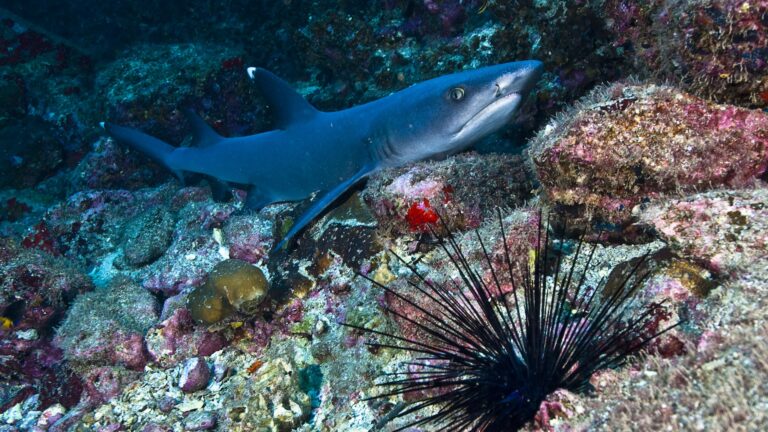
Sharks easily consumed large, spiky sea urchins – sometimes in just a few gulps.
Science and Technolgy blog

Sharks easily consumed large, spiky sea urchins – sometimes in just a few gulps.
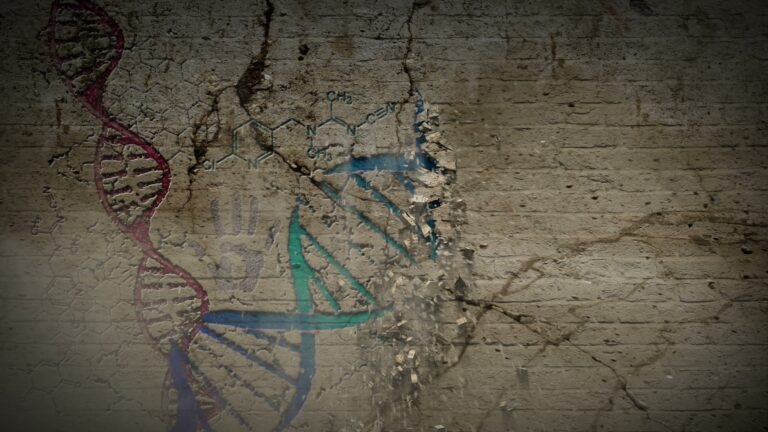
Ancient human genomes reconstructed from remains at a southern African rock shelter show remarkable genetic continuity over time.
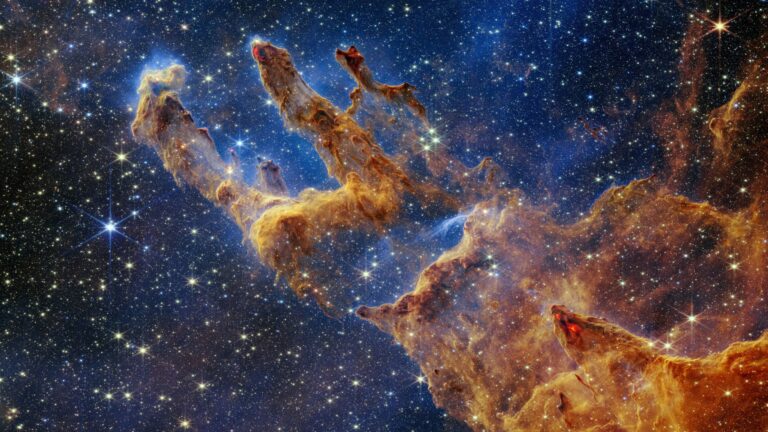
Maggie Aderin-Pocock tells us about the power of the James Webb Space Telescope and how she inspires disadvantaged students to enter STEM.
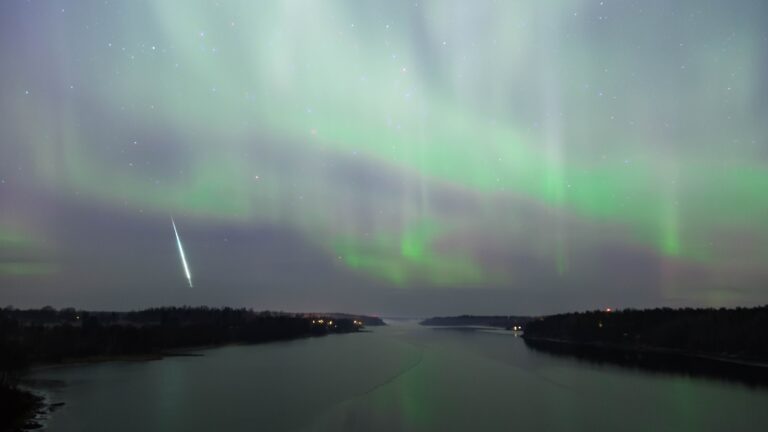
How to watch the Draconid meteor shower peak on Oct. 8 and 9 in the tail of a cosmic dragon.
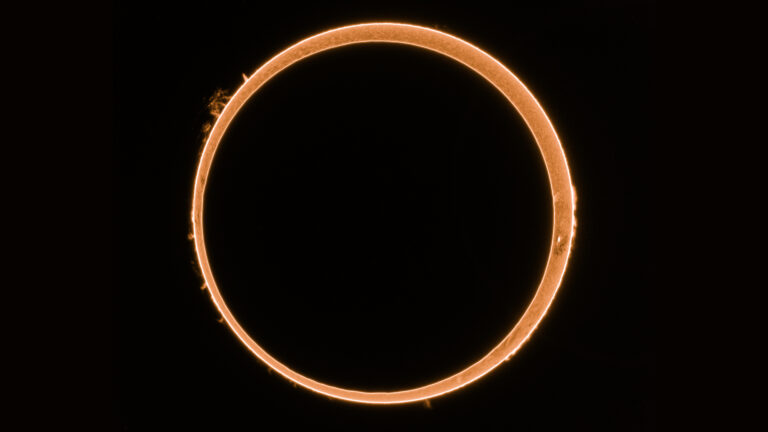
Oct. 2’s annular solar eclipse saw a small-looking new moon cross the face of the sun to create a perfect circle for about six minutes.
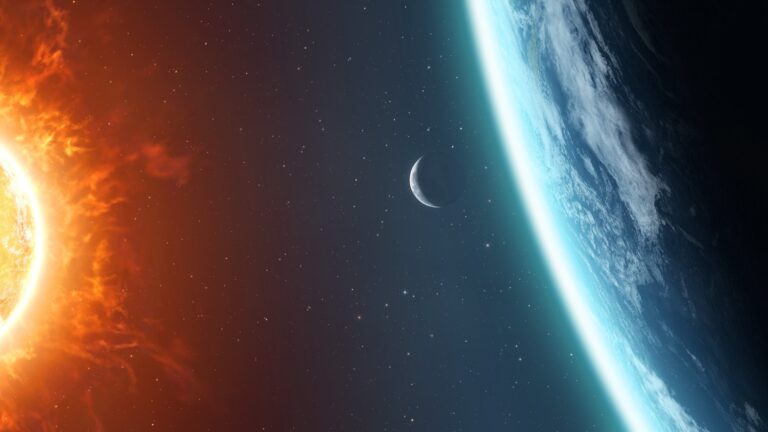
The moon’s distance from Earth changes depending on where it is in its elliptical orbit.
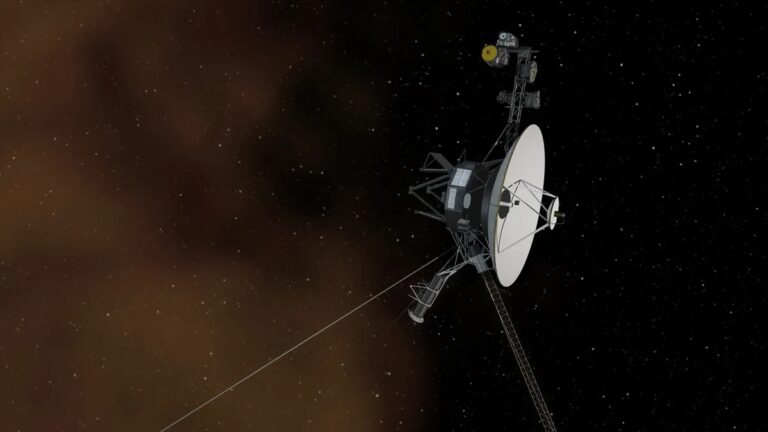
NASA has turned off one of Voyager 2’s science instruments as power conservation becomes crucial for the interstellar exploring spacecraft located 12.8 billion miles from home.
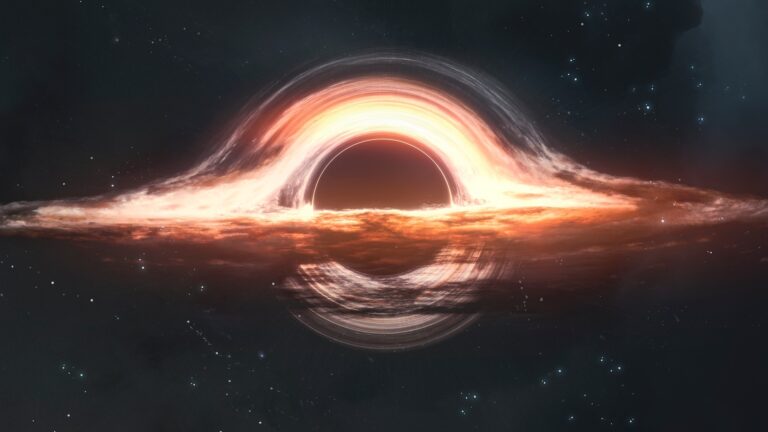
New research can help us understand how supermassive black holes formed — and why many of them appear to be more massive than expected.

Physicists showed that photons can seem to exit a material before entering it, revealing observational evidence of negative time
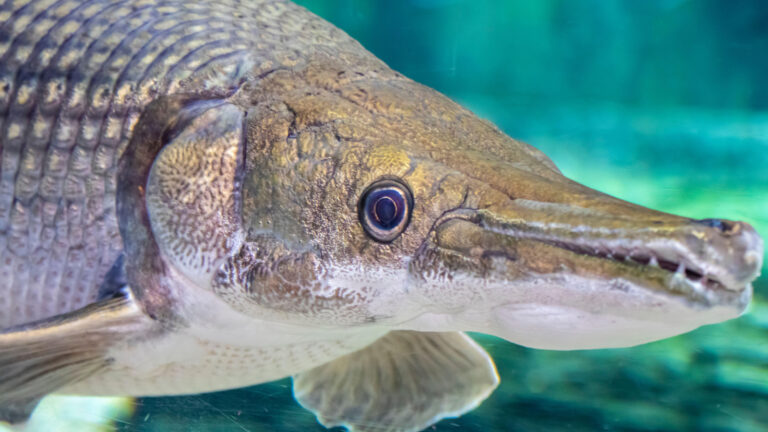
This living fossil can grow as large as an alligator, has two rows of needle-sharp teeth, and such strong armor that it survived predatory dinosaurs.